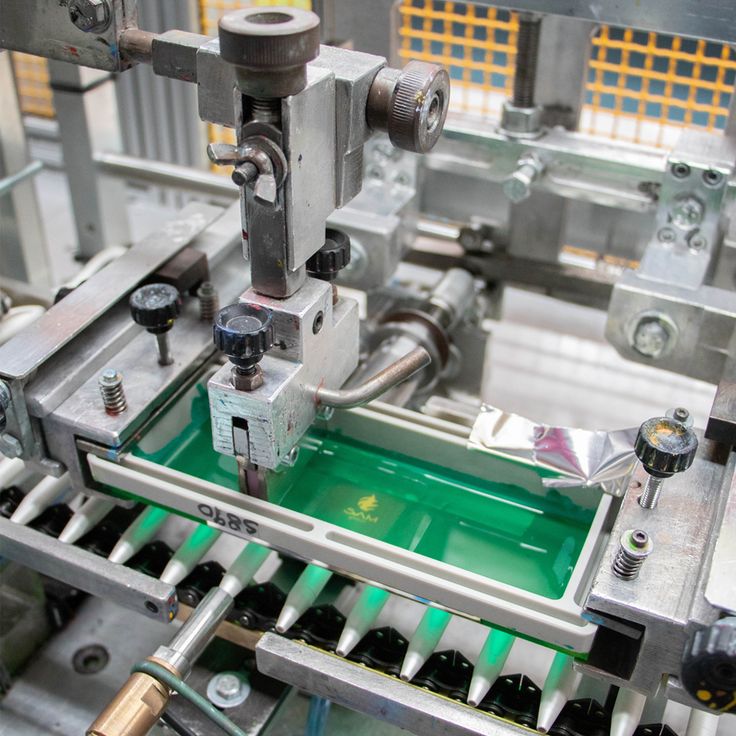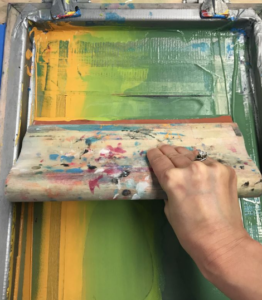Welcome! This guide explores how tusze specjalistyczne enhance textile printing with expert insights from Industry Experience Ltd.
Whether you’re a beginner or a seasoned printer, we’ll break down the latest in sitodruk, eco-friendly solutions, and advanced techniques.
Spis treści
1. Types of Specialty Inks
Specialty inks go beyond standard options, offering unique textures, finishes, and durability. Key categories include:
A. Plastisol Inks
- Durable & vibrant, ideal for apparel.
- Examples:
- Extra Green Plastisol Ink (eco-friendly)
- Extra Black Plastisol Ink (high opacity)
- Tusz Puff Plastisol (3D texture)
B. Water-Based Inks
- Soft feel, eco-friendly.
- Lower VOC emissions, great for detailed designs.
C. UV-Curable Inks
- Fast-drying, works on rigid substrates (glass, metal).
- Energy-efficient with LED curing.
D. Special Effects Inks
- Metallic Finishes: Shimmering results.
- Glow-in-the-Dark: Perfect for novelty items.
- Sublimation Inks: Vibrant, dye-based prints.
Quick Comparison Table
| Rodzaj tuszu | Najlepszy dla | Key Benefit |
|---|---|---|
| Plastizol | Apparel, durability | High opacity, long-lasting |
| Na bazie wody | Projekty przyjazne dla środowiska | Soft hand feel |
| UV-Curable | Hard surfaces | Instant curing |
| Puff/High-Density | Textured designs | 3D effect |
2. Screen Printing Techniques
Master these methods for flawless prints:
A. Setup
- Mesh Count Selection: Higher for fine details (~230 mesh), lower for bold prints (~110 mesh).
- Screen Emulsion: Używać Saati Emulsions lub Ulano Emulsion Removers for clean screens.
B. Printing Process
- Ciśnienie ściągaczki: Adjust for even ink deposit.
- Flash Curing: Partially dry layers before adding colors.
- Registration Accuracy: Align multi-color designs precisely.
C. Troubleshooting
- Clogged Screens? Używać Screen Reclaiming techniques.
- Ink Not Sticking? Apply Platen Adhesives lub Plasma Treatment.
3. Sustainability in Screen Printing
Eco-friendly practices are revolutionizing the industry:
- Water-Based & Low-VOC Inks: Reduce harmful emissions.
- LED UV Curing: 50% less energy than traditional systems.
- Redukcja odpadów: CTS systems cut ink waste by 50%.
Did You Know?
- 42% of printers now use water-based inks (2022 data).
- UV inks cure 3x faster than plastisol (2-5 sec vs. 60-90 sec).
4. Screen Printing vs. DTG: Which to Choose?
| Factor | Sitodruk | Direct-to-Garment (DTG) |
|---|---|---|
| Najlepszy dla | Bulk orders, special effects | Small batches, photo prints |
| Efektywność kosztowa | Lower per unit at scale | Higher for small runs |
| Ink Options | Plastisol, puff, metallic | Water-based CMYK |
Hybrid Tip: Combine both for cost-effective, high-quality mixed runs.
5. Future Trends
- Smart Inks: Thermochromic (heat-sensitive) and photochromic (light-reactive).
- Automation: M&R Challenger III presses boost speed.
- Tusze przewodzące: For wearable tech and IoT devices.
Najważniejsze wnioski
- Match ink type to project needs (e.g., plastisol for durability, water-based for softness).
- Prioritize sustainability with LED curing and waste-reducing tech.
- Hybrid workflows optimize cost and quality.
For deeper dives, explore our guides on:
- Screen Printing Basics
- Atramenty przyjazne dla środowiska



